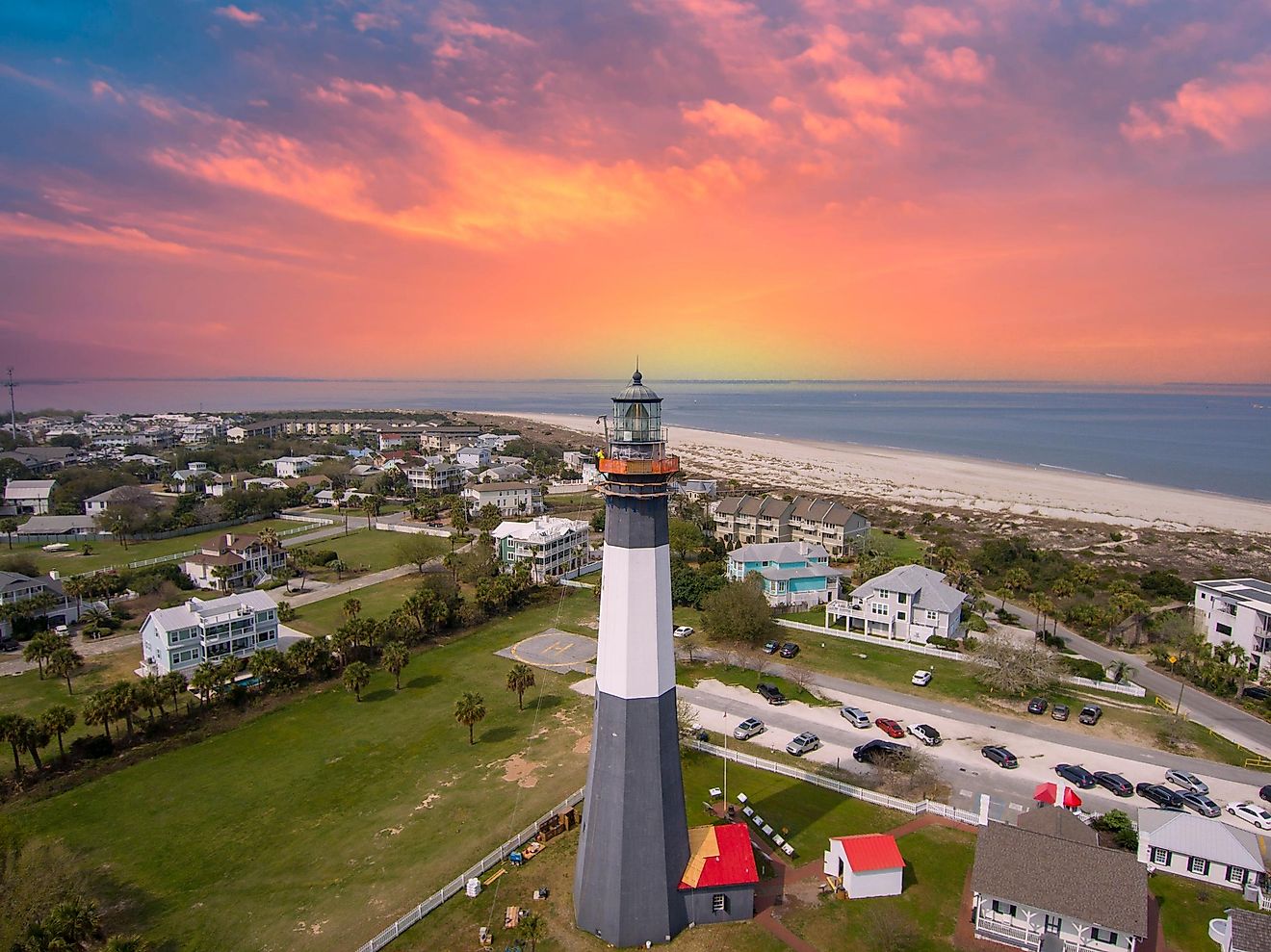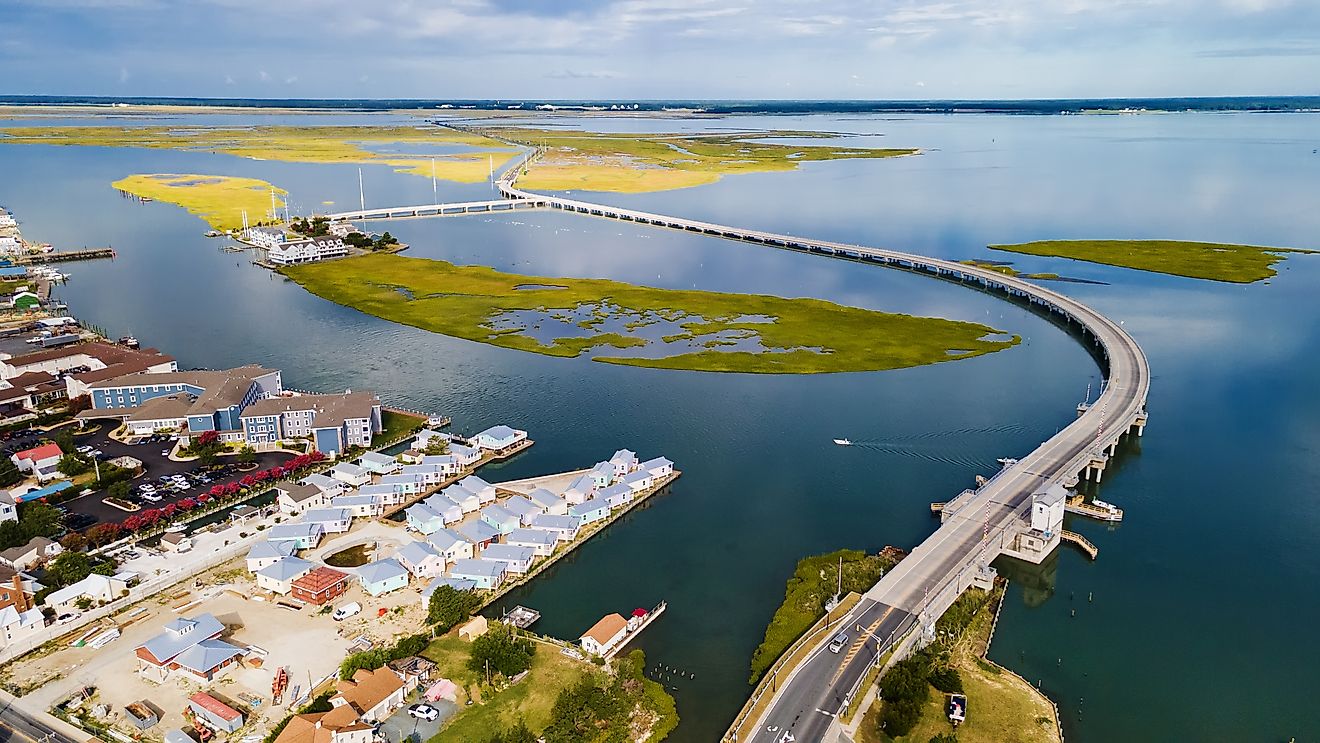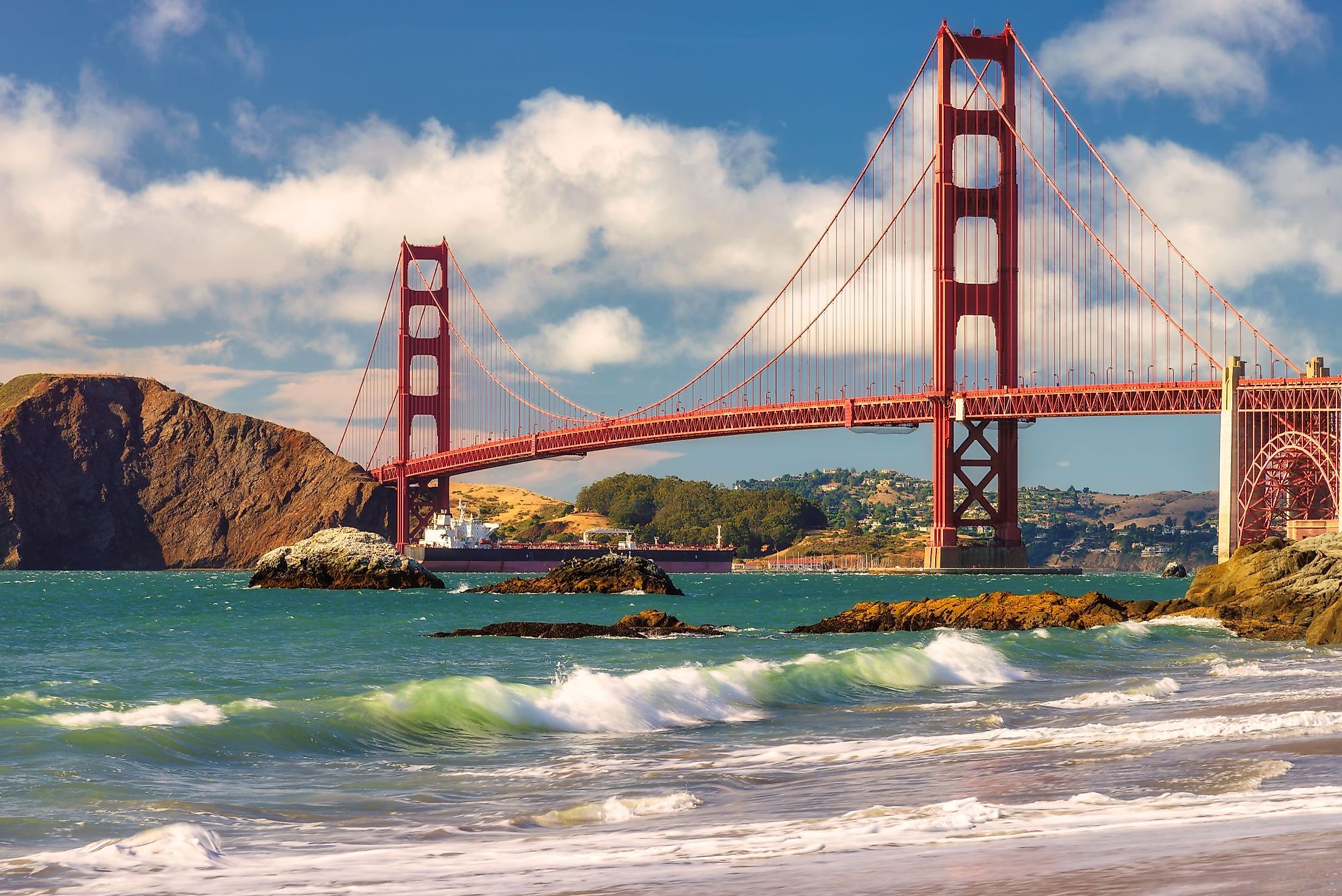
Golden Gate Bridge
Golden Gate Bridge is an iconic 2.7 kilometer long suspension bridge linking Marin County to San Francisco, California. The bridge spans the 1.6 kilometer Golden Gate Strait where San Francisco Bay connects to the Pacific Ocean. Constructed between 1933 and 1937, it was the world’s tallest bridge upon its completion. However, it is currently the world’s 12th highest suspension bridge and 37th tallest bridge. The Golden Gate Bridge is one of California's iconic symbols and most photographed bridges in the world. The American Society of Engineers declared the bridge a Wonder of the Modern World.
Conception
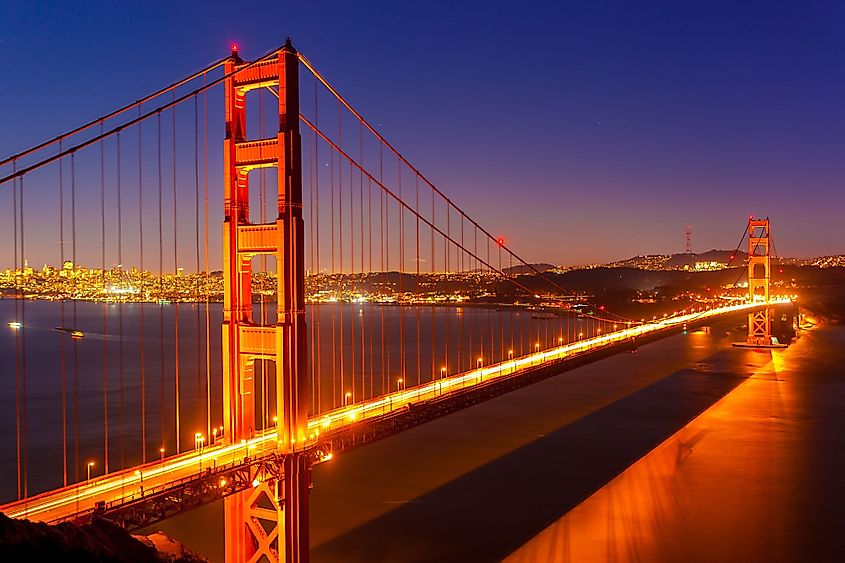
Before the Golden Gate Bridge’s construction, San Francisco was mainly connected to Marin County by boats and ferry services. However, it was not until the 1840s that the ferry services began operating on regular schedules. Over the years, the number of passengers across the Golden Gate Strait increased significantly. The public began demanding for a bridge that would connect San Francisco to the neighboring communities across the Strait. The bridge would ease traffic and improve the area’s economy that was below the national average then.
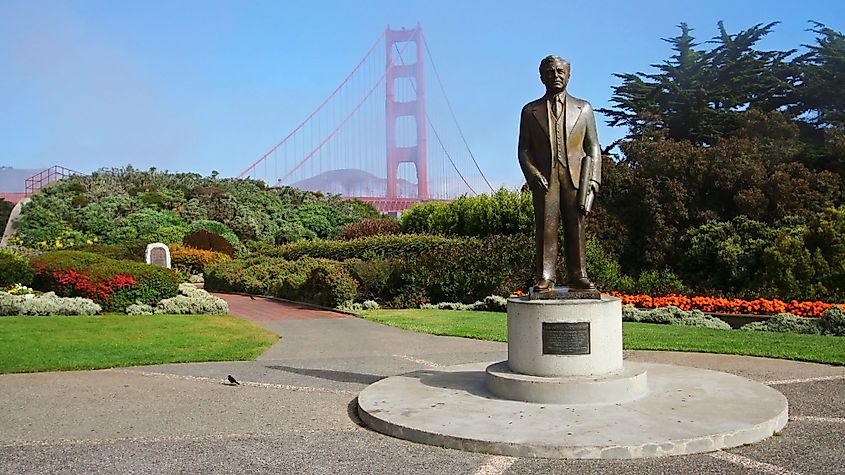
Although some experts believed it was impossible to build a bridge across the 1.6-kilometer Golden Gate Strait because of the strong wind and tides, the public continued their demand. In 1916, San Francisco City Engineer, James Wilkins, estimated the cost of constructing a bridge across the strait to be $100 million ($2.4 billion today). Three years later, Michael O'Shaughnessy, another city engineer, was tasked with finding a person to construct the bridge at a reasonable price. Joseph Strauss, an ambitious Chicago-based engineer, who landed the job, believed the project would cost $17 million. Strauss submitted the sketch design in 1921 and immediately began to convince the Northern California communities to support the project. The legislature passed a bill allowing for the bridge’s construction, with the work commencing a decade later.
Structural Overview
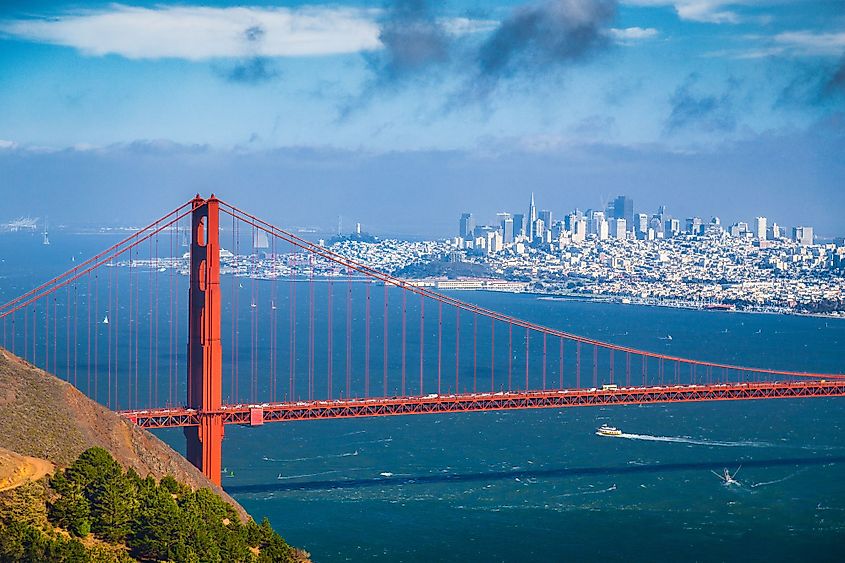
The Golden Gate Bridge's main span is 1,300 meters long, the 2nd longest main span in America and 18th in the world. The bridge is 2.7 kilometers long and 67 meters high above the water and has two towers overpassed by two main cables fixed on concrete. The cables are each made of 27,572 wire strands. Attached to the main cables are vertical suspender ropes (250 on each side of the bridge). The bridge’s color is international orange or orange vermilion. The color, selected by Irving Morrow, makes the bridge visible in fog and complements the area’s natural environment.
Usage
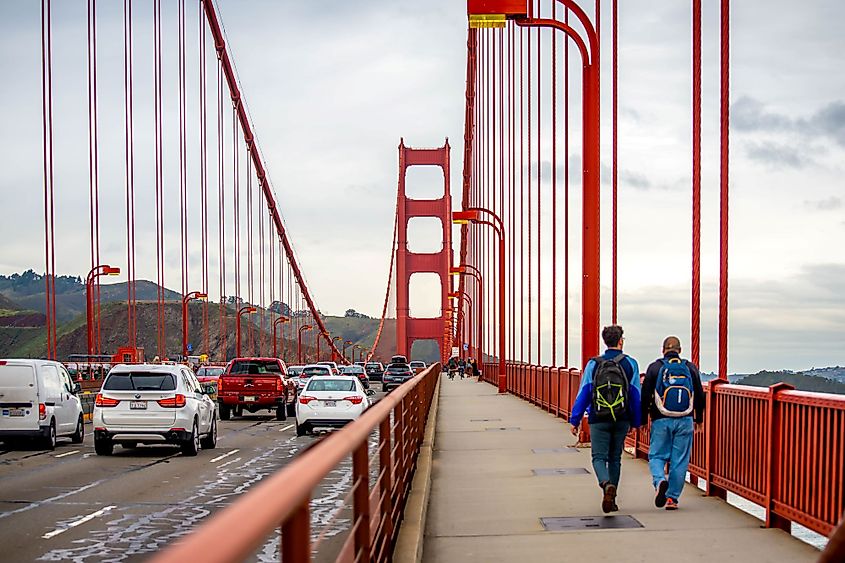
The Golden Gate Bridge, opened on May 27, 1937, has six lanes and carries both California State Route 1 and the US Route 101 over the Golden Gate Strait. The movable median barrier separates the northbound and southbound traffic and can be moved depending on the traffic. The speed limit on the bridge is 72 km/h to reduce the fatalities. About 110,000 vehicles use the Golden Gate Bridge daily. Besides vehicles, bicyclists and pedestrians also use the bridge. It has walkways on either side of the six lanes. The eastern walkway is open to both bicycles and pedestrians from morning to midday and pedestrians only until evening (6:00 pm OR 9:00 DST) and weekends. The western walkway is used exclusively by bicyclists when they are not allowed to use the eastern walkway.









